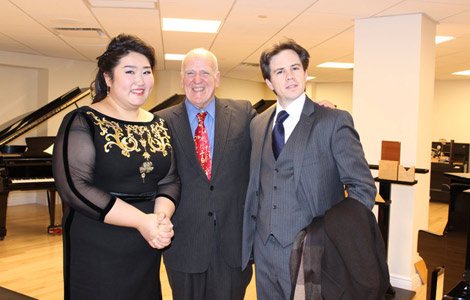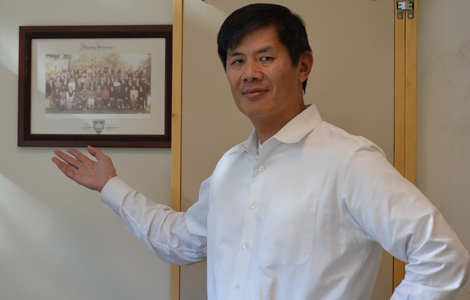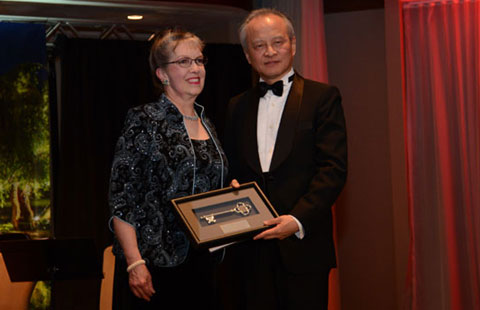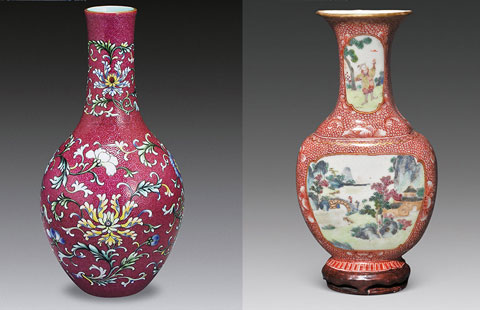More inclusive new normal
Updated: 2014-11-27 07:33
(China Daily)
|
||||||||
To make everything worse, Chinese citizens are divided, by the residence registration (hukou) system, into urban and rural residents, with urban residents enjoying superior public services to rural residents.
The solutions to these problems are evident. Human-oriented comprehensive reform is needed, which should include higher wages, better people-related services, and removing the barriers that create inequality and restrict human development.
In other words, different social groups should be allowed to share the fruits of economic development together, so that they continue making joint efforts toward further development.
Chang Xiuze, a senior professor at the Institute of Macroeconomics under the National Development and Reform Commission
Inequality gaps need narrowing
The past 10 years has seen the property gap rapidly grow in China. From 2002 to 2010, the nation's Gini coefficient expanded from 0.54 to 0.73. During this time the rural Gini coefficient expanded from 0.45 to 0.71, while the urban Gini coefficient expanded from 0.45 to 0.66.
In addition, in 2002, the poorest 10 percent of the population owned less than 1 percent of property. By the year 2010, it was below zero because the poorest people were in debt. Meanwhile, the property ownership of the richest 10 percent has increased from 40 to 64 percent.
China belongs in the 10 percent of members of the Organization for Economic Cooperation and Development with the largest social gaps. Worse, the widening trend continues, and China might move higher in the rankings.
The worsening social inequality has much to do with housing prices, which have risen by 25 percent annually for the last 10 years. Without this, the urban Gini coefficient would have been 0.57, according to our estimate.
Another essential factor is the unfair income distribution, which, even according to official statistics, is still quite high. Studies show that the high-income group owns 30 percent of China's property while the low-income group owns 3 percent. That is to say the property ownership gap and the wealth gap are mutually enlarging.
Worse, the government's policies are struggling to redistribute wealth more fairly. Simulations suggest the current policies help shrink the income gap by about 10 percent. The average level for OECD economies is 40 percent, while for certain countries with better welfare policies it is even higher.

 Music at her fingers
Music at her fingers
 Across America Over the Week (Jan 16 - Jan 22)
Across America Over the Week (Jan 16 - Jan 22)
 Spend Chinese New Year in style
Spend Chinese New Year in style
 Ili river valley becomes a popular destination for swans
Ili river valley becomes a popular destination for swans
 Philip Ma: from scientist to businessman
Philip Ma: from scientist to businessman
 Birmingham's Spotlight on China dinner
Birmingham's Spotlight on China dinner
 How to distinguish doucai, wucai, Famille-rose and enamel porcelain
How to distinguish doucai, wucai, Famille-rose and enamel porcelain
 Xinjiang lake in bumper fishing season
Xinjiang lake in bumper fishing season
Most Viewed
Editor's Picks

|

|

|

|

|

|
Today's Top News
Houston's SW Chinatown
China to focus on reforms, opening of capital market
Slowdown brings new risks to banks
Trade group calls for BIT
Market status for China is 'political' issue
Birmingham's Spotlight on China dinner
Bank takes renminbi-clearing seriously
Traditional Garb
US Weekly

|

|







